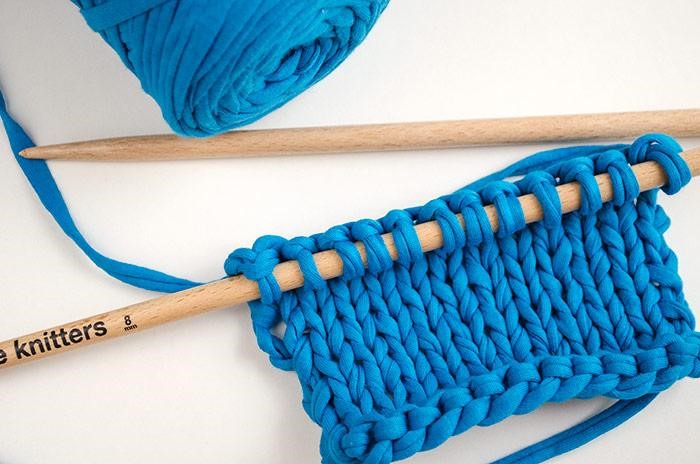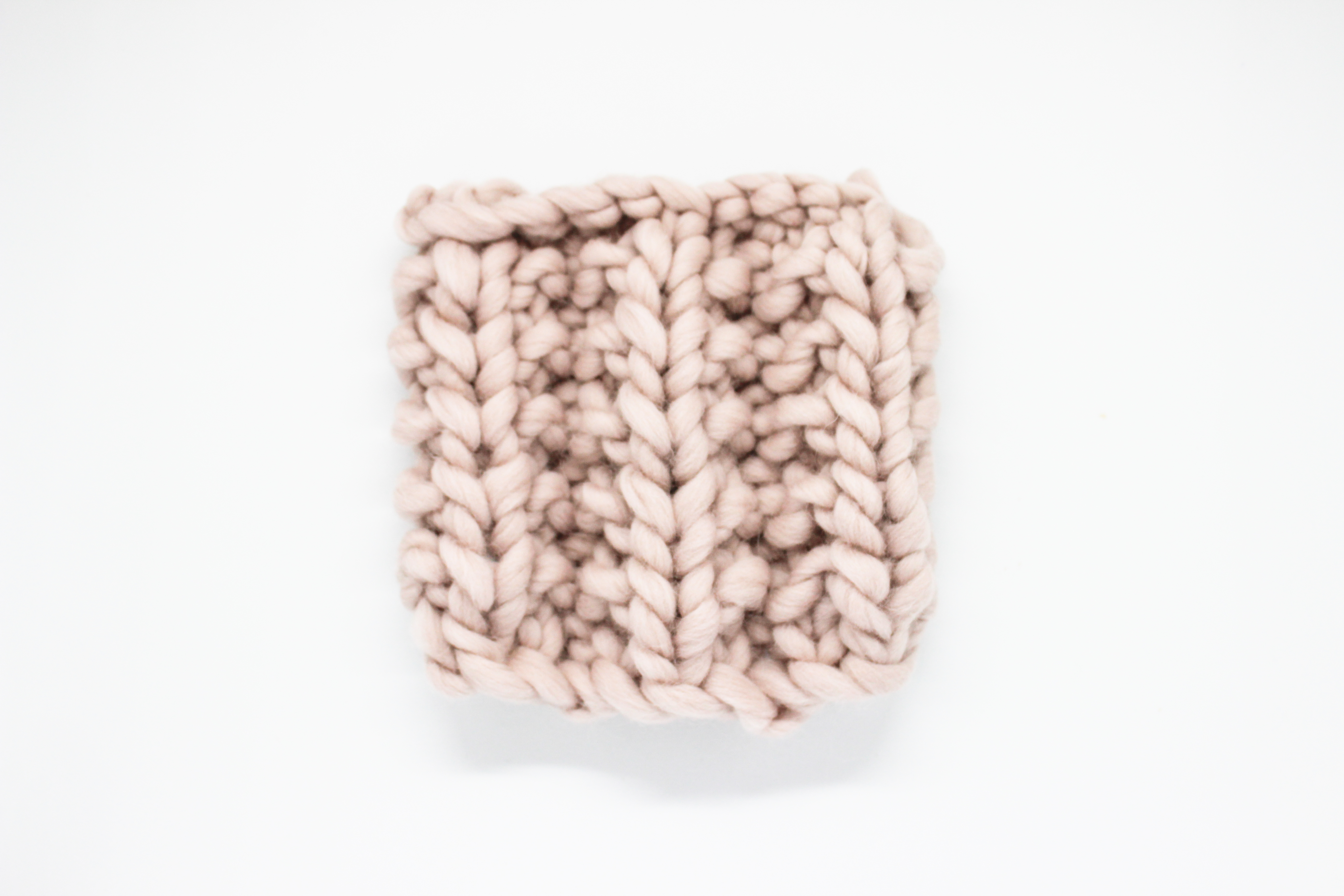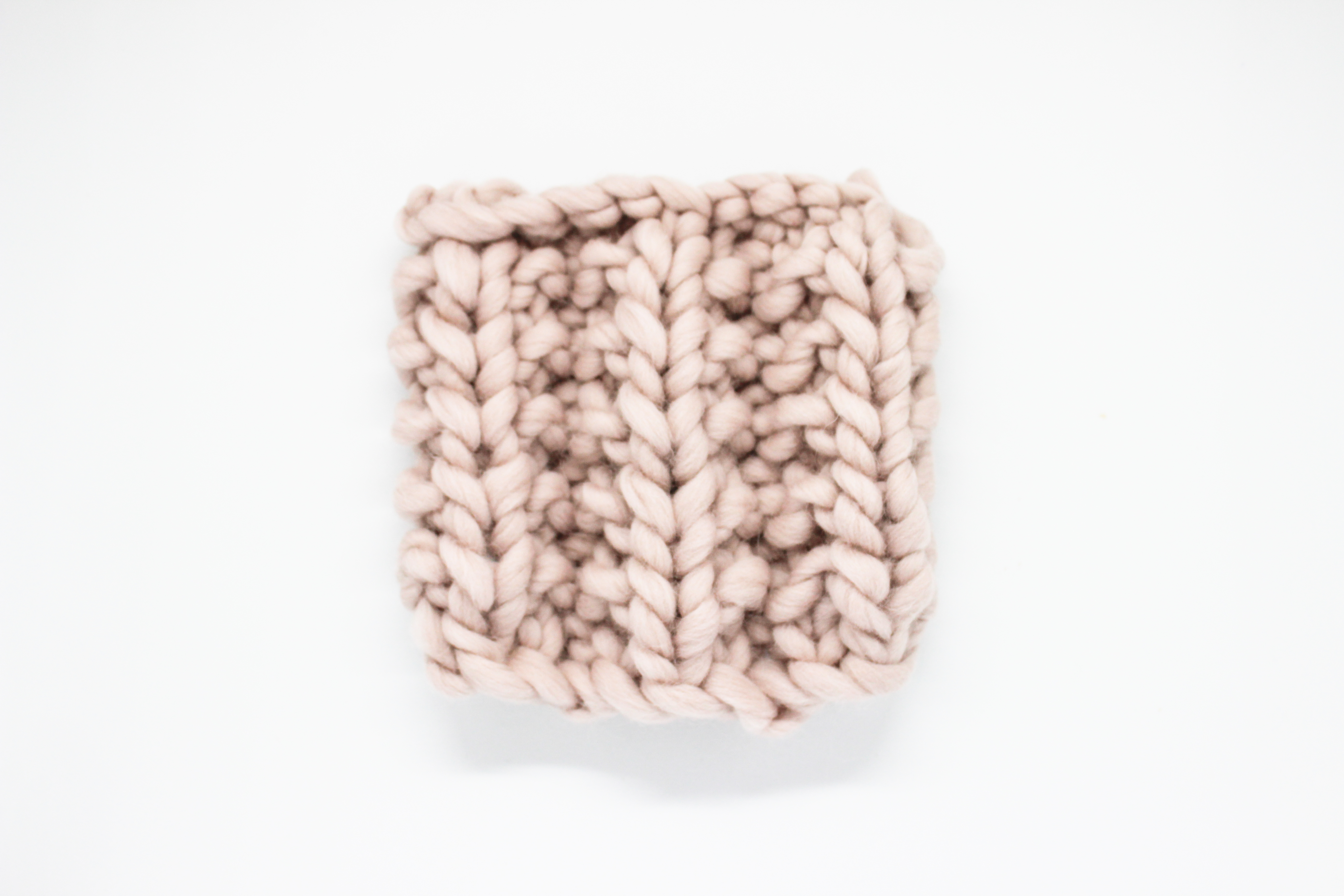When we start to knit and discover that there are tons of different ways to increase stitches on our work, we panic. What types of increases exist? How do you do them? When is it better to use one or another?
The answer certainly isn’t easy, because choosing one increase over another can completely change the look of a garment, so it’s important to know all of your options.

We also have to take into account another factor: symmetry when making increases. Even more important than the increase method we choose.
Most patterns will give instructions about which method to use, but just in case, and for times when the pattern doesn’t specify, we’re going to show you the different types of symmetrical increases we can use.
Are you ready?
Here is the definitive guide to have those increases under control 😉
YARN OVER
This increase is the most common for beginners. Sometimes you learn how to do it without meaning to, when your strand of yarn gets caught on the needle by mistake.
The good thing about this method is that it’s easy to do and you can use it to make right leaning increases and left leaning increases. The bad thing is that it leaves a visible hole in your knitting, so can only be used for decorative purposes.

To do it, just wrap the yarn around your right needle in the spot that you want to make an increase. On the next row, work the yarn over as if it were another stitch.
KNIT IN FRONT AND BACK OF A STITCH
This technique is also very well known. You just convert one stitch into two by knitting both strands in the stitch, the front and the back.
To do it, knit one stitch, but don’t slip it off the left needle, then knit it again through the back strand of yarn. Now slip it off the needle and you’ll have two stitches in place of one.

This increase creates a little horizontal stitch in your piece, which might not be what you’re looking for in your finished piece.
In order to make it symmetrical, leave only one stitch between both increases.
MAKE ONE (LEFT OR RIGHT)
Make one increases have become very popular in the past few years, but a lot of knitters don’t know that this increase can (and should) be worked differently depending upon which direction you want your increase to lean.
When a pattern says to just “increase 1” it usually doesn’t specify to which side it should lean, but you should keep that in mind.

To make one left (the most common), insert the left needle under the horizontal strand between two stitches and lift it onto the needle from front to back. Then knit the strand through the back loop.
To make one right, insert the left needle over the horizontal strand between two stitches and lift it onto the needle from back to front. Then knit the strand through the front loop.
This way of increasing gives a symmetrical result, but it can pull a little on the adjacent stitches, because when you lift the strand between two stitches you’re pulling on stitches already knit, making them tighter than the rest of the stitches in the row.
INCREASE IN THE STITCH BELOW
To increase using this method you’ll work stitches from previous rows. Depending upon which direction you want your increase to lean, you’ll do it under the point of one needle or the other (left or right needle). It’s easier to explain with an image 🙂

Work the top loop of the stitch below the next stitch on your left-hand needle to make a right leaning increase.
Notice the specified stitch in the image below, that’s the stitch you have to work wherever you want your increase.

Conversely, to make a left leaning increase, you’ll work the stitch found two rows below the stitch just worked found on your right needle. Indicated in the image above.

By working the stitches from previous rows we eliminate the pulling that happened when using the make one increase.
AFTERTHOUGHT YARN OVER
This increase is a good alternative to a yarn over because it’s still decorative, but creates much smaller holes in your work.

To do it, insert the left needle under the strand between two stitches (where you want to make the increase) and then knit through the front loop.
TWISTED YARN OVER
Twisted yarn overs are an excellent alternative to make one increases, because they avoid pulling on adjacent stitches. However, they are a bit more complicated because they are worked over two rows, and you have to pay more attention.
Twisted yarn over to the right: increase by making a backwards yarn over onto your right needle. On the next row (which will be the wrong side of your work), purl the yarn over through the front loop.

Twisted yarn over to the left: increase by making a yarn over onto your right needle. On the next row, purl the yarn over as if it were just another stitch.
As you can see from this article, all of the increases give a diferent result, so choosing one or another depends upon where you want to use it and the result you need or want to obtain.
There is no doubt that some methods are more symmetric than others, but it’s up to you to choose between so many options. Now you have all the tools to choose 😉
What about you? Do you have a favorite increase method? Which do you use more often? Did you know about all of them? Leave a comment below, we love sharing knowledge!









2 comments
I am trying to add another ball of yarn to the work that has been made. I thought this was the website I saw this on. I usually tie the ends of each ball of yarn & keep knitting but saw an easier version. I hope you can assist me with this.
Hi! I am not sure I understand what you’re asking, but here’s a video about changing yarn balls:
https://www.youtube.com/watch?v=x35t3RNfjaI
If you need more specific assistance, please send an email to [email protected] with the name of the pattern you are working on and your question. Thanks!